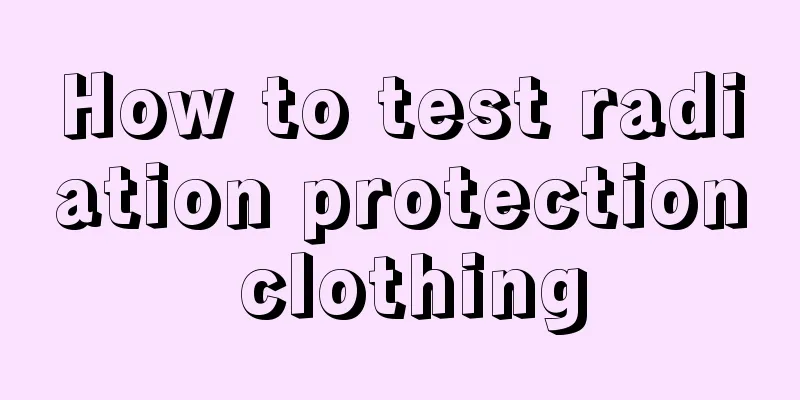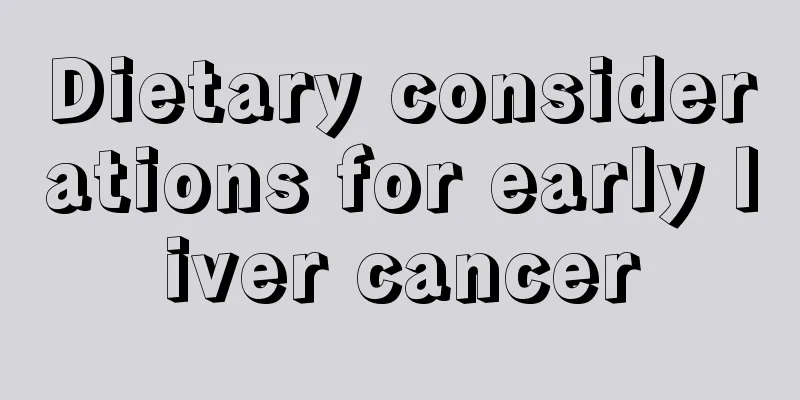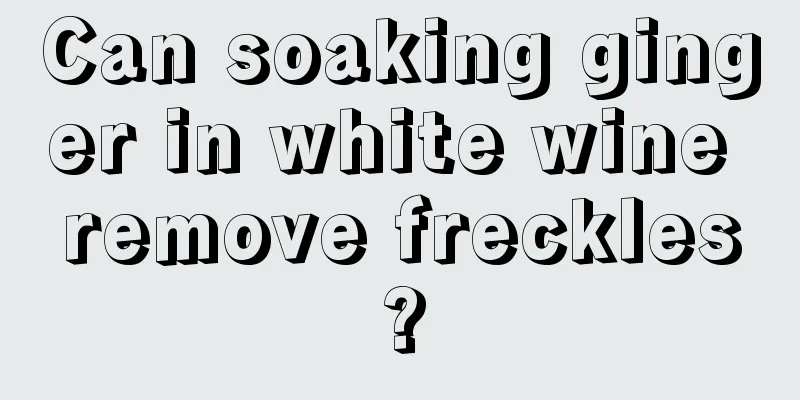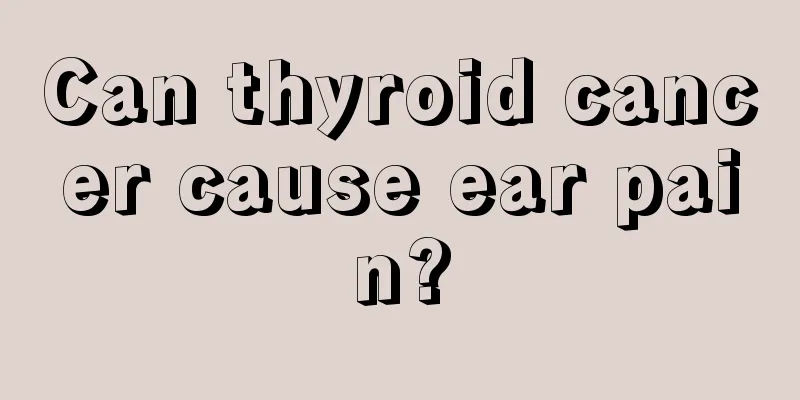How to use gargle correctly?

| Oral health is an issue that people attach great importance to, because the mouth is the entrance for people to eat. As the saying goes, diseases enter through the mouth, which clearly shows the importance of oral health. In order to maintain oral health, people often use gargles to clean oral bacteria, but this method has not yet been popularized. Many people don’t know much about how to use gargles. Let’s take a look at the correct way to use gargles. Rinse your mouth: Rinse your mouth with clean water first. Then use 5 to 10 ml of gargle solution to gargle in the mouth for 2 to 3 minutes to allow the medicine to fully contact with the oral mucosa, thereby achieving the purpose of relieving inflammation and protecting the mucosa. Do not rinse your mouth with water within 30 minutes after gargling. The gargle is a brown clear liquid with a fragrant smell. Clears heat and detoxifies. Used for redness, swelling and pain in the mouth and throat. Generally, rinse your mouth with clean water. To assist in the prevention and treatment of oral diseases and complications, solutions containing certain medications are often used as gargles. Rinsing the mouth with medicated mouthwash can effectively inhibit plaque formation and improve gingival inflammation. Medicated gargles should have the following characteristics: ① no oral and gastrointestinal toxicity; ② not absorbed by the digestive tract; ③ effective for the symptoms; ④ have a broad antibacterial spectrum; ⑤ low drug tolerance induction. Types of mouthwash: 1. Triclosan Triclosan is a mild antibacterial drug with the chemical name trichlorohydroxyphenyl ether, also known as Yujiechun, DP300, and triclosan. It is widely used in soaps, deodorants, disinfectant hand soaps and surgical instrument soaking solutions. After years of research, it has been confirmed that it has significant therapeutic effects on gingivitis, periodontitis and oral infections, can also eliminate bad breath, will not cause tooth discoloration, and has no bad taste, thus confirming its new position in oral care products. 2. Tea polyphenols Tea polyphenols are a complex of polyphenol compounds separated and extracted from tea leaves. Studies have shown that a certain concentration of tea polyphenols can inhibit or reduce the amount of dental plaque and its adhesion on the tooth surface. With the deepening of research on the effects of tea polyphenols on oral cariogenic bacteria and plaque, the anti-caries effect of tea polyphenols has received increasing attention. 3. Chlorhexidine Chlorhexidine, also known as chlorhexidine, is the most widely used drug with the strongest anti-plaque ability. The concentration of the gargle is 0.1% to 0.5%, the effective antibacterial concentration is 100ug/ml to 0.1ug/ml, and it can completely inhibit plaque formation. Chlorhexidine has a stronger inhibitory effect on Gram-positive bacteria than on Gram-negative bacteria. The disadvantage of chlorhexidine is that it causes staining of the tooth surface and tongue mucosa and bitter taste, and may also cause taste disorders. |
<<: Sleep with your arms raised above your head
>>: I like to raise my hands above my head when I sleep
Recommend
Is the recurrence rate of bone cancer in adults high?
Although our current medical technology has made ...
Can pregnant women eat dates?
Can pregnant women eat dates? Pregnant women need...
How to prevent gallbladder cancer from metastasizing to the liver
Gallbladder cancer is very dangerous when it deve...
What's wrong with the hard lump in the stomach? Need to check as soon as possible
If there is a hard mass in the stomach, it is ini...
How to treat a child’s cough with yellow phlegm?
Catching a cold is a very normal phenomenon. It c...
Transparent blisters grow on the inner wall of the mouth
Transparent blisters on the inner wall of the mou...
Nursing diagnosis of gastric cancer with pyloric obstruction
For many gastric cancer patients, because maligna...
How to achieve the prevention effect of bladder cancer
Bladder cancer is very common in life. Frequent h...
What is the cause of upper throat pain
People often encounter various medical problems i...
Can I drink alcohol after getting a rabies vaccine?
Rabies vaccine is also a common vaccine at presen...
TCM interpretation: Rain Water solar term health care, diet regulates the spleen and stomach
The Rain Water solar term falls around February 1...
What foods can induce colon cancer?
Many friends wonder what factors in life lead to ...
What to do if your heart rate is too slow
Heart health is an extremely important factor for...
Three kinds of medicinal diet treatments for esophageal cancer of weak Yang Qi
Esophageal cancer is classified as "dysphagi...
What are the sequelae of fractures?
Many people have had fractures in their daily liv...









